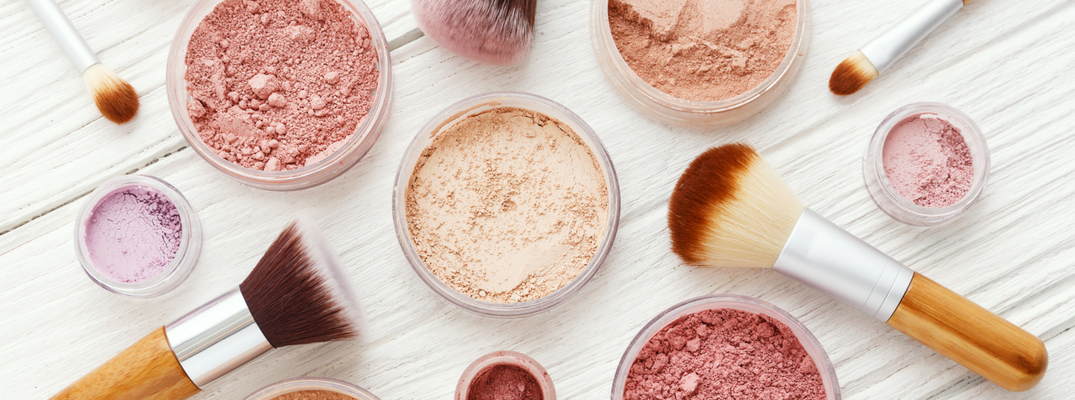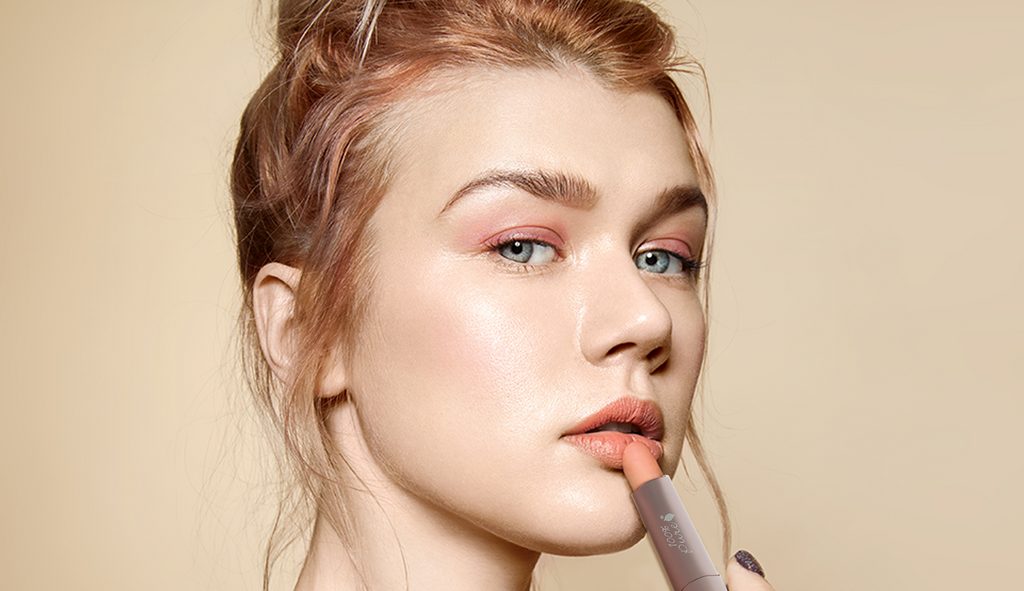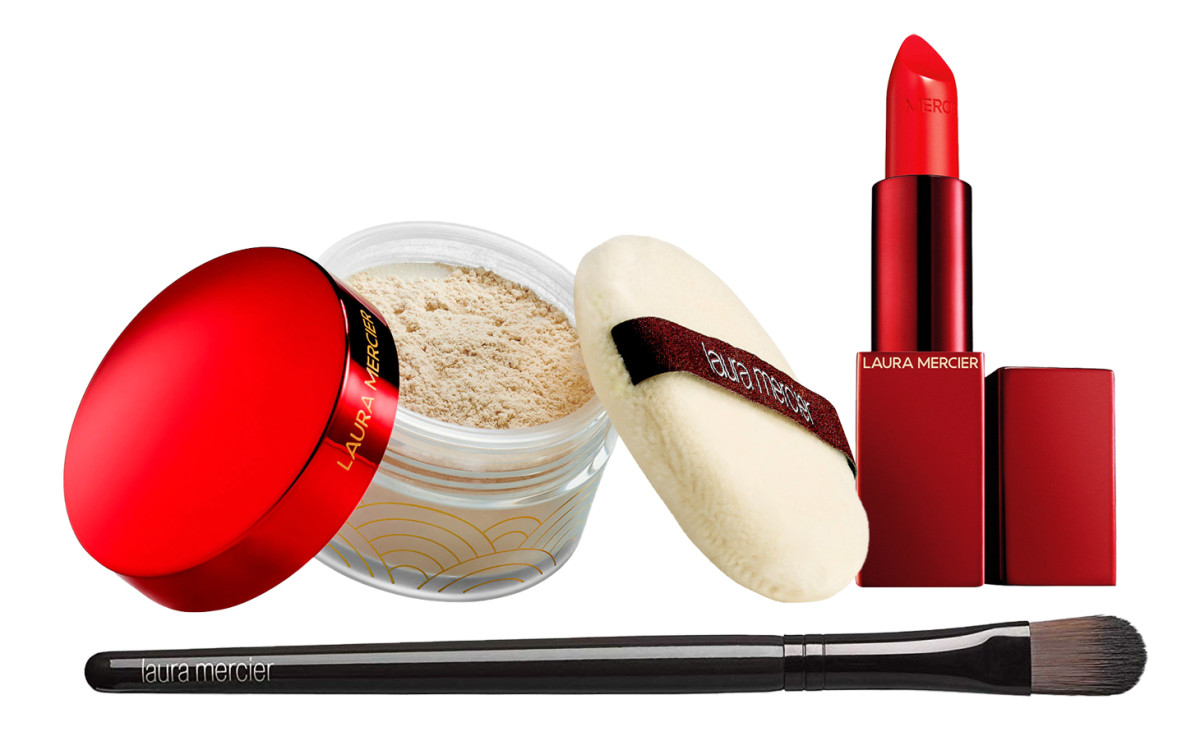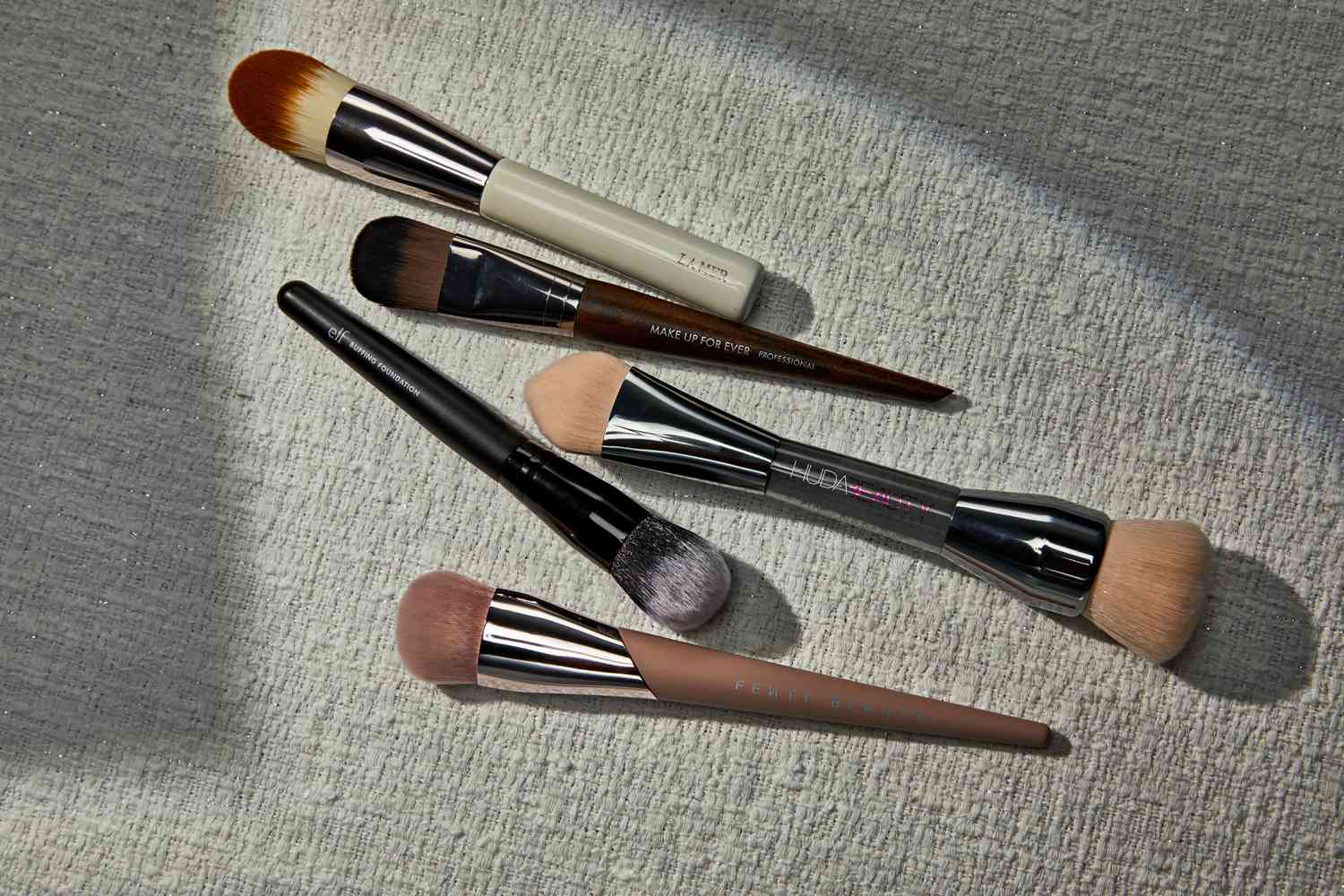Discovering the appropriate structure color is important for accomplishing a perfect and natural-looking make-up base. Below are some vital elements to consider when picking the appropriate foundation color for your skin:
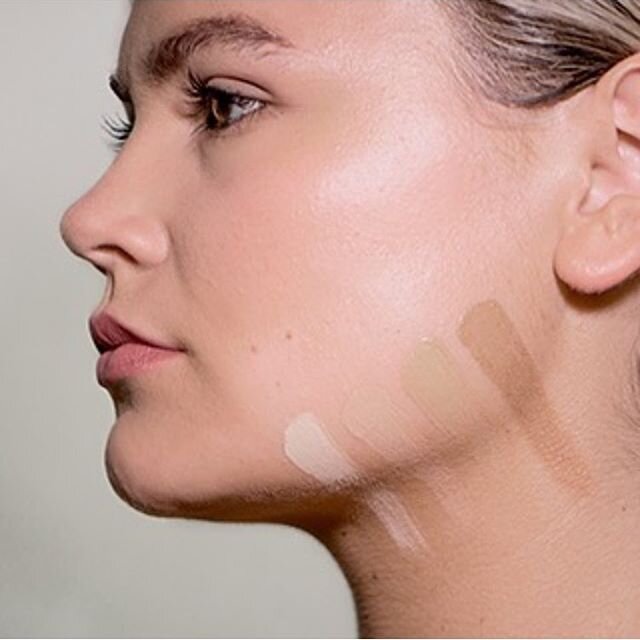
1. Touch:
Understanding your skin’s touch is crucial in choosing the appropriate foundation color. Undertones can be classified as cozy (yellow or gold), amazing (pink, or blue), or neutral (a balance of both). Consider the blood vessels on your wrist: if they show up green, you likely have warm undertones, while bluish veins show awesome undertones. If you have difficulty determining your touch, you may have a neutral touch.
2. Test in Natural Light:
Always test structure shades in natural light to get one of the most precise match. Indoor lights can misshape shades, making it challenging to discover the excellent match. See a shop or counter that enables you to swatch different shades on your jawline or the side of your face and step outdoors to see how it searches in daytime.
3. Suit to Your Neck or Jawline:
The foundation color need to blend perfectly with your all-natural skin color, so it’s essential to match it to your neck or jawline. Stay clear of testing the shade on your hand or wrist, as these areas might have different tones contrasted to your face and neck. The objective is to achieve a natural appearance between your breast, neck, and face.
4. Take Into Consideration Seasonal Changes:
Your skin tone may alter slightly throughout the year due to direct sun exposure or modifications in weather. Think about having multiple structure tones to match your skin’s varying demands if you have a lighter skin during winter months and a much deeper tone in summer season.
5. Example as well as comparing:
When testing structure shades, swatch 2 to 3 tones that appear closest to your complexion on your jawline. Permit them to rest for a few mins to observe and oxidize how they adjust to your skin. Compare the shades side by side to figure out which one mixes perfectly as well as disappearing right into your skin.
6. Seek Professional Help:
Think about seeking support from a professional makeup musician if you’re unsure about your touch or battle to discover the right shade. They can supply expertise in recognizing your undertone and advising one of the most appropriate foundation shade for your skin tone.
7. Formula and Finish:
The shade, think about the formula and coating of the structure. Different formulas (liquid, lotion, powder) as well as surfaces (matte, dewy, satin) accommodate various skin types as well as preferences. Consider your skin’s demands, such as oiliness or dry skin, as well as the preferred degree of protection.
8. Examination and Adjust:
Test it on your skin as well as observe exactly how it looks throughout the day as soon as you’ve chosen a foundation color. You can make adjustments by mixing in a lighter or darker color to achieve a more precise match if necessary.
Bear in mind, finding the appropriate foundation color might require some experimentation. Hold your horses and put in the time to evaluate different tones to uncover the one that perfectly mixes with your skin, boosts your all-natural skin, as well as giving the preferred coverage as well as surface.

